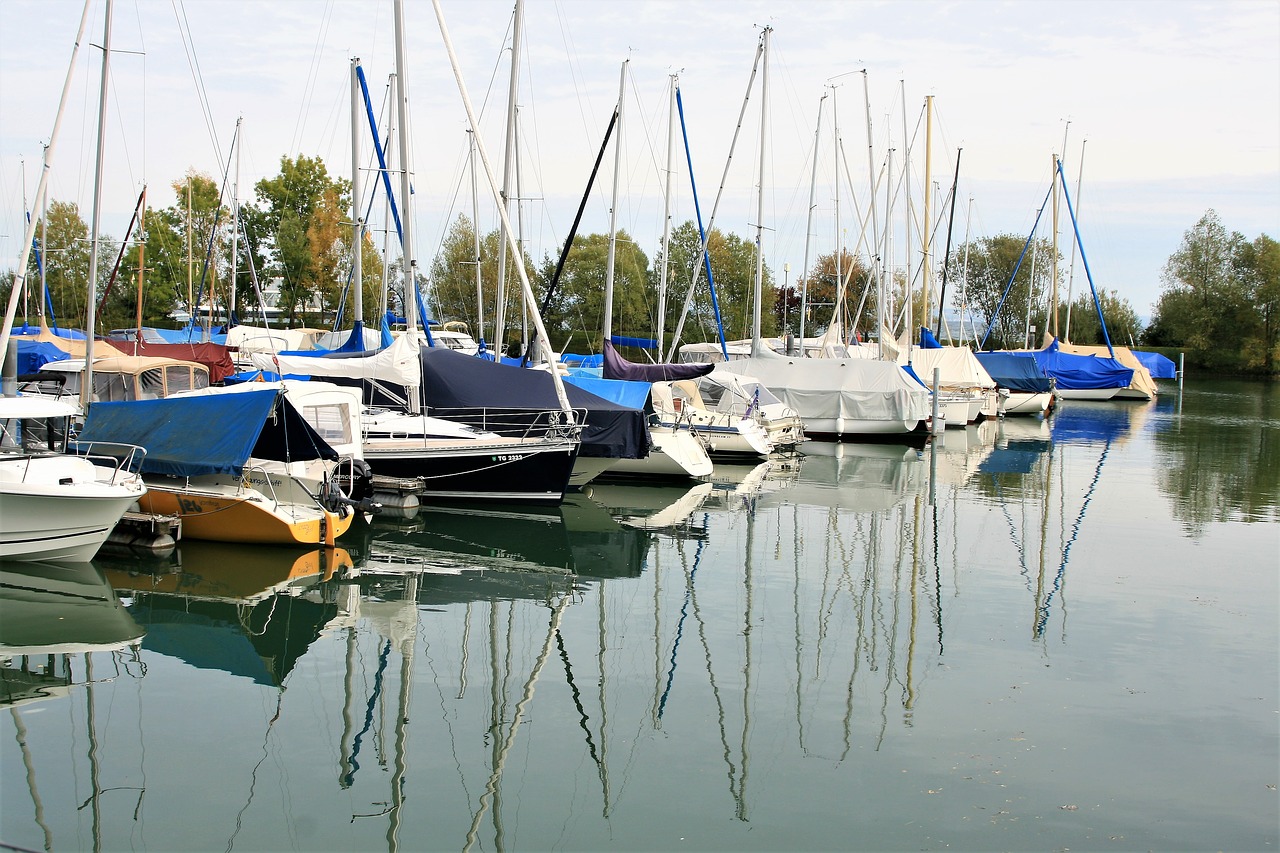When you experience a fall chill in the air, the first thing that should come to your mind is prepping your boat for winter. The main goal for boat winterizing is to get rid of all fluids that may end up freezing in it. This is also the perfect time to clean off the summers grime and execute the necessary repairs. According to a Seattle boat moving and storage company, the following are necessary steps that might lead to a smooth transition.
1. Empty or Fill the Tank
For a diesel tank, you should add some stabilizer and fill it to capacity. You should then drain the water separator and replace the fuel filters. To allow the stabilizer to flow throughout the entire system, run the engine for about fifteen minutes. During this time, ensure to inspect all fuel lines for any leaks. For gasoline engines, run off the fuel until the tank is empty. You should also clean out all the tanks and fill all the pumps and hoses with a mixture of antifreeze and water. Also, ensure to keep the bilge dry.

Tips on preparing your sailboat for storage during winter
2. Protect your Engine
Before embarking on the boat winterization activity, check the owner’s engine manual for instructions. This is because there are different procedures for preparing outboard and inboard engines. Besides, you will find that each engine is a little bit different from the other.
3. Remove the Batteries
You should remove the battery and add distilled water. These two activities will ensure that it does not drain when the boat is in storage. You are also required to charge it regularly to keep it ready to go after the winter season comes to an end.
4. Spray with Fogging Oil
Fogging oil needs to be sprayed into the carburetor before your engine runs out of fuel. Some owner’s manual requires the fogging oil to be sprayed into the spark plug holes. This is why there is need to check them before proceeding with this activity. Fogging oil helps to protect the interior parts of your cylinder and carburetor.
5. Remove the Drive Belts
Drive belts might crack if kept under tension for an extended period. They should, therefore, be removed or loosened before placing the boat on storage. Ensure that they are easily accessible when you are ready to go for a ride.

6. Grease the Steering System
Greasing the steering systems and other control mechanisms will help in keeping them in good condition throughout winter. During this process, ensure to keep the joints covered with grease. This will ensure that the boat is ready to go when the winter period subsides.
7. Take Care of its Interior and Exterior
You should remove any interior electronics as they may be vulnerable to the extreme cold winter temperatures. Any organic materials should be removed since moisture can cause mold growth. These materials may include fabric, leather, and canvas. For the exterior parts of the boat, make sure they are well cleaned and covered with wax. This will protect the boat’s body from corrosion especially if it will be stored outdoors. You may also add a cover on the boat.
Long periods of storage can expose your boat to wear and tear. This can be avoided by ensuring that the appropriate preparation steps are followed. However, before starting the winterization process, it is important to check the owner’s manual for specific instructions, which are a must do.

